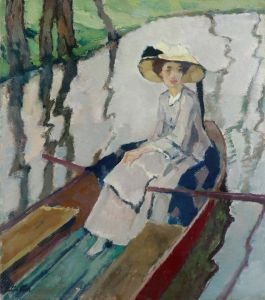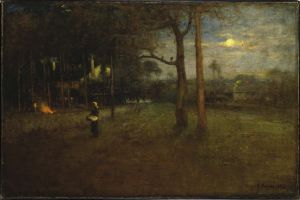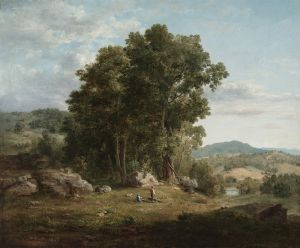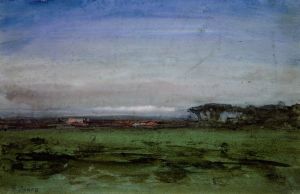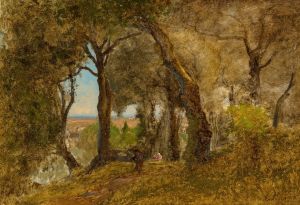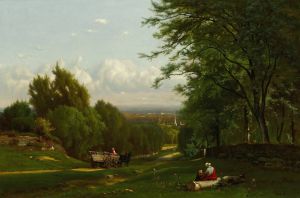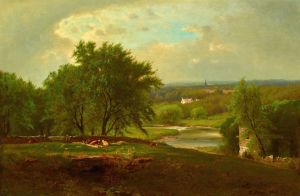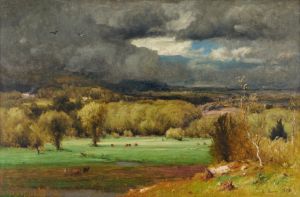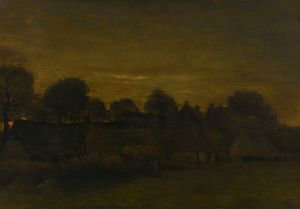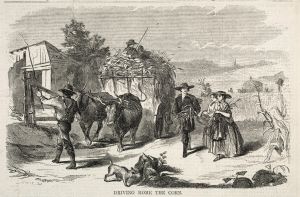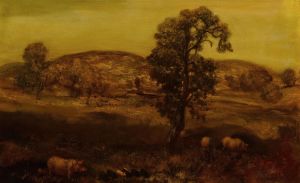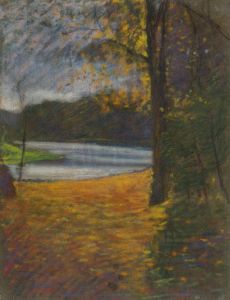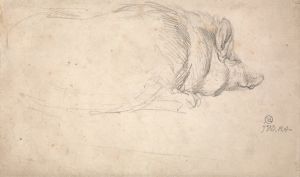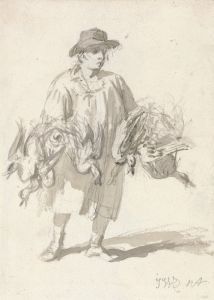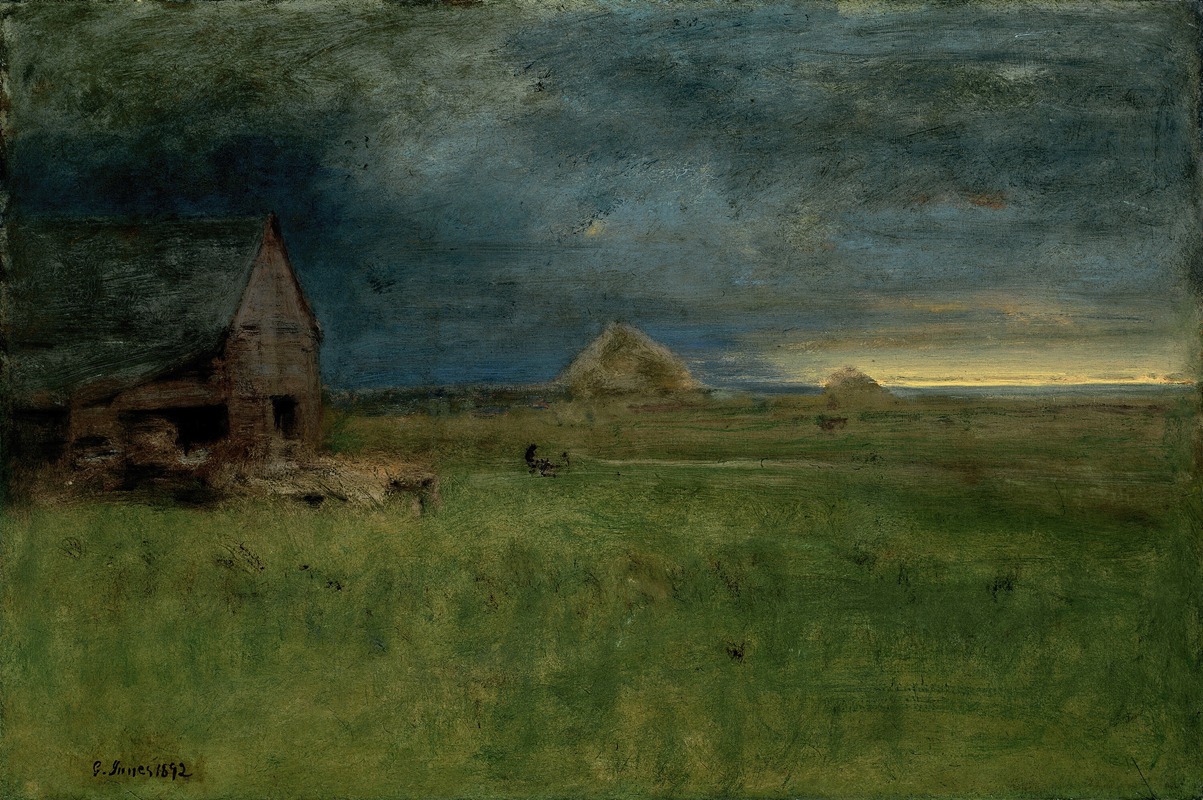
The Lonely Farm, Nantucket
A hand-painted replica of George Inness’s masterpiece The Lonely Farm, Nantucket, meticulously crafted by professional artists to capture the true essence of the original. Each piece is created with museum-quality canvas and rare mineral pigments, carefully painted by experienced artists with delicate brushstrokes and rich, layered colors to perfectly recreate the texture of the original artwork. Unlike machine-printed reproductions, this hand-painted version brings the painting to life, infused with the artist’s emotions and skill in every stroke. Whether for personal collection or home decoration, it instantly elevates the artistic atmosphere of any space.
"The Lonely Farm, Nantucket" is a painting by the American artist George Inness, created in 1883. George Inness (1825-1894) is considered one of the most influential American landscape painters of the 19th century. He is often associated with the Hudson River School, although his style evolved significantly over his career, incorporating elements of the Barbizon school and later, a more personal, spiritual approach to landscape painting.
"The Lonely Farm, Nantucket" exemplifies Inness's mature style, which is characterized by a softer, more atmospheric approach to landscape. This painting captures a serene rural scene on the island of Nantucket, Massachusetts. The composition features a solitary farmhouse set amidst expansive fields, with a subtle play of light and shadow that evokes a sense of tranquility and introspection.
Inness's technique in this painting demonstrates his mastery of color and light. He uses a muted palette, with soft greens, browns, and blues, to create a harmonious and balanced composition. The brushwork is loose and expressive, allowing the forms to blend seamlessly into one another, which enhances the overall mood of the scene. This approach reflects Inness's belief that art should convey an emotional and spiritual experience rather than merely depict a physical reality.
The painting is notable for its atmospheric quality, achieved through Inness's use of light and color to create a sense of depth and space. The sky, rendered in delicate hues, suggests an early morning or late afternoon light, casting a gentle glow over the landscape. This treatment of light not only enhances the visual appeal of the painting but also imbues it with a sense of calm and contemplation.
Inness was deeply influenced by the philosophical and spiritual ideas of Emanuel Swedenborg, a Swedish scientist, philosopher, and theologian. Swedenborg's writings on the spiritual dimension of the natural world resonated with Inness, who sought to express these ideas through his art. "The Lonely Farm, Nantucket" can be seen as an embodiment of this spiritual vision, where the landscape serves as a conduit for a deeper, more profound connection with nature.
Throughout his career, Inness received critical acclaim for his innovative approach to landscape painting. His work was exhibited widely, and he was a member of several prestigious art organizations, including the National Academy of Design. Today, Inness is regarded as a pivotal figure in American art history, and his paintings are held in major museum collections across the United States.
"The Lonely Farm, Nantucket" remains a testament to George Inness's artistic legacy, showcasing his ability to transform a simple rural scene into a powerful expression of beauty and spirituality. The painting continues to be admired for its technical excellence and its evocative portrayal of the American landscape.





